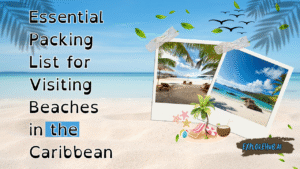New Zealand is one of the world’s top destinations for adventure seekers, offering everything from bungee jumping to hiking through breathtaking landscapes. If you’re planning an action-packed trip, you need to be prepared. This essential checklist will help you make the most of your New Zealand adventure while staying safe and organized.
Table of Contents
Why New Zealand is an Adventure Lover’s Paradise
Stunning Landscapes for Every Thrill-Seeker
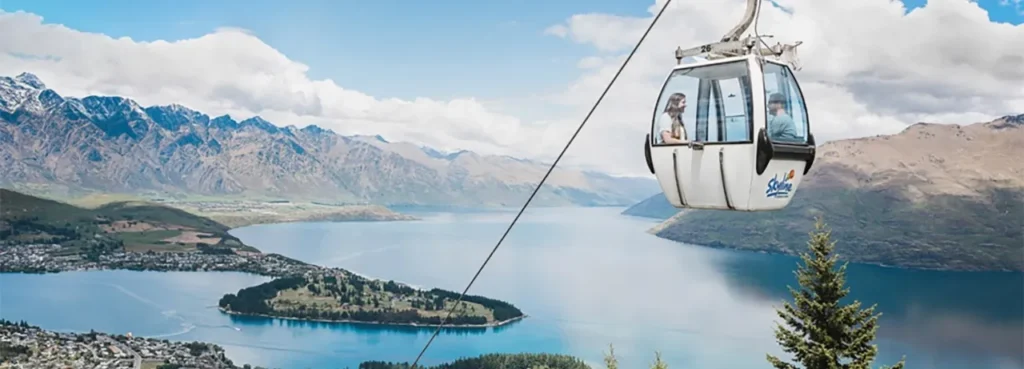
New Zealand’s dramatic scenery includes towering mountains, lush forests, crystal-clear lakes, and rugged coastlines—perfect for outdoor adventures. Whether you’re a hiker, climber, or water sports enthusiast, there’s something for everyone.
A Playground for Extreme Sports
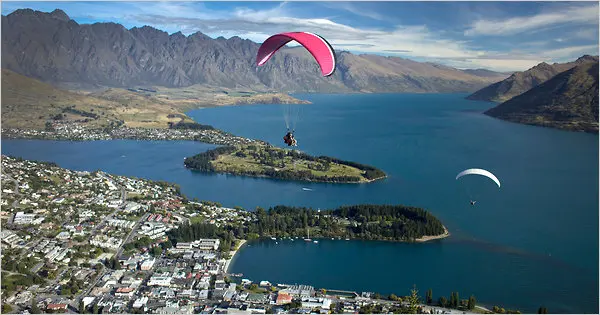
Few places in the world offer such a variety of extreme sports. From skydiving over the stunning landscapes of Queenstown to whitewater rafting in Rotorua, New Zealand is a dream for adrenaline junkies.
The Culture of Adventure
Adventure is in New Zealand’s DNA. The country is famous for pioneering bungee jumping, and the locals embrace an outdoor lifestyle filled with thrilling activities.
Planning Your Adventure Trip to New Zealand
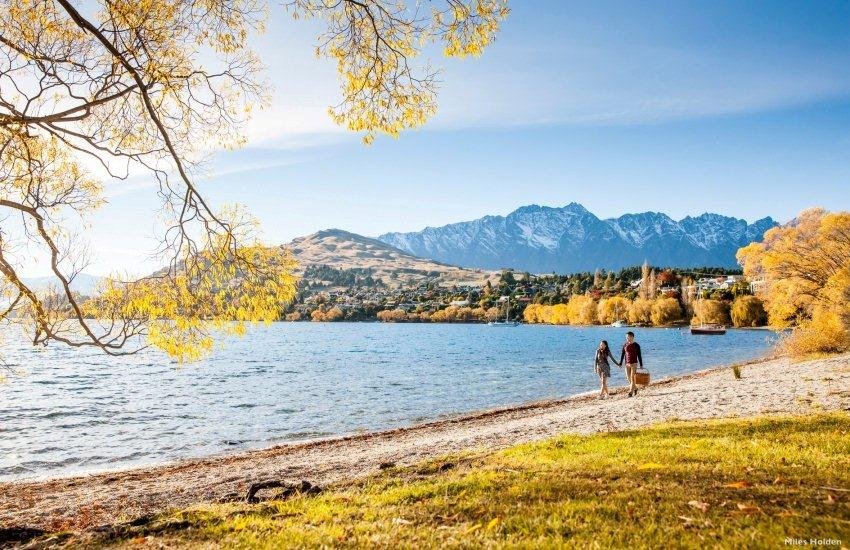
Best Time to Visit
- Summer (December–February) is ideal for hiking, surfing, and outdoor activities.
- Winter (June–August) is perfect for skiing and snowboarding in the South Island.
- There are less people and milder temperatures in the spring and fall.
Visa and Travel Requirements
- Most visitors need a New Zealand Electronic Travel Authority (NZeTA).
- Verify that your passport will be valid for at least three months after your visit.
- Check specific visa requirements based on your nationality.
Budgeting for Your Trip
- Adventure activities can be pricey, so plan accordingly.
- Consider transport costs, accommodation, and food expenses.
- Look for package deals or discounts on multiple activities.
Must-Do Adventure Activities in New Zealand
Bungee Jumping – The Ultimate Adrenaline Rush
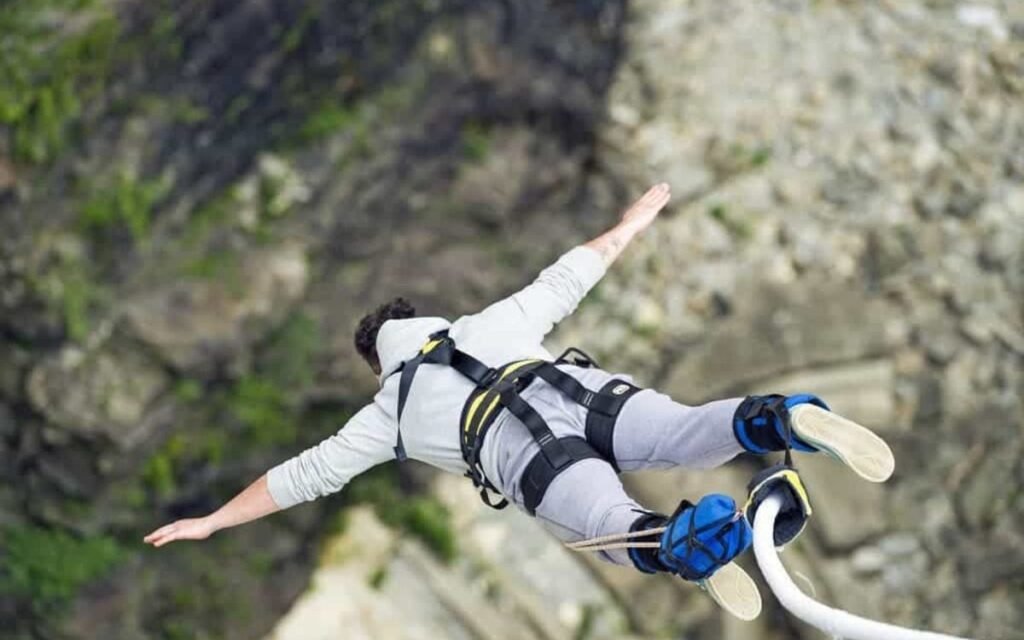
Commercial bungee jumping originated in New Zealand. Take up the nation’s tallest bungy, the Nevis Bungy, or attempt the Kawarau Bridge Bungee!
Skydiving Over Jaw-Dropping Scenery
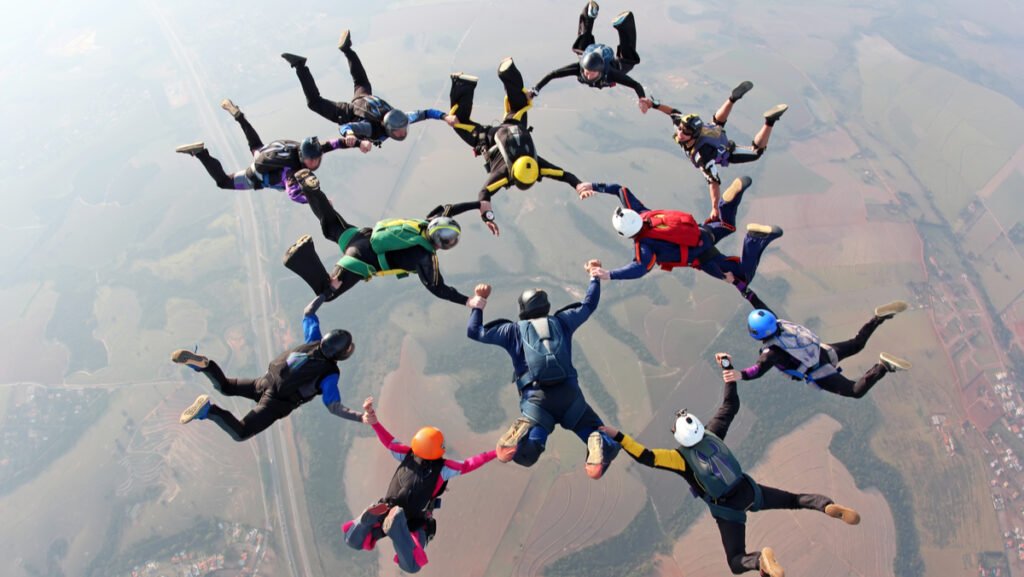
Imagine free-falling from 15,000 feet over stunning landscapes. Popular skydiving locations include Queenstown, Taupō, and Abel Tasman.
Hiking and Trekking Through Natural Wonders
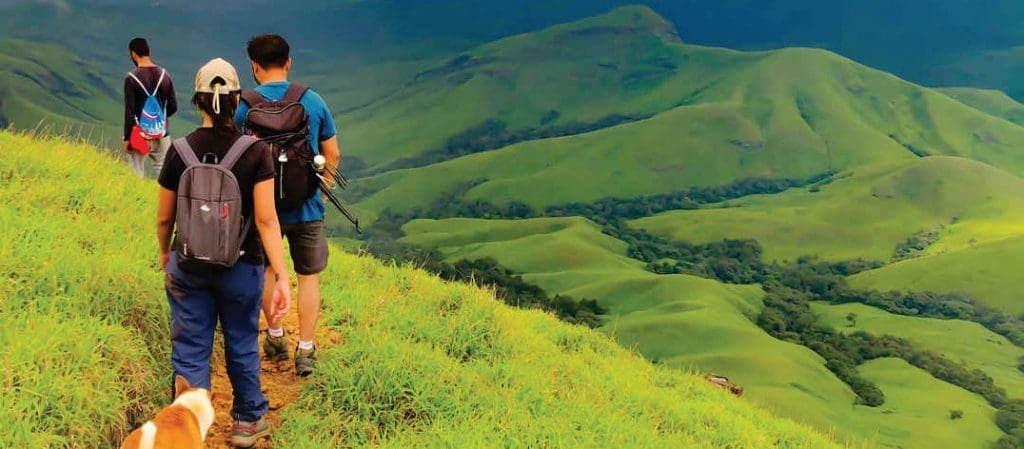
Some of the greatest treks in the world are in New Zealand.
- Milford Track – A multi-day trek through breathtaking fjords.
- Tongariro Alpine Crossing – A one-day hike past volcanic craters and emerald lakes.
- Routeburn Track – A scenic trail through lush forests and mountain peaks.
Whitewater Rafting on Wild Rivers
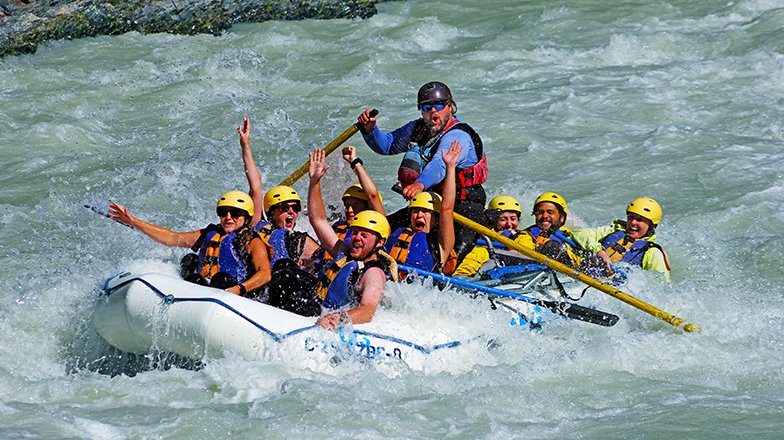
Test your skills on the Kaituna River or the Shotover River for an unforgettable rafting experience.
Exploring Caves and Glowworms
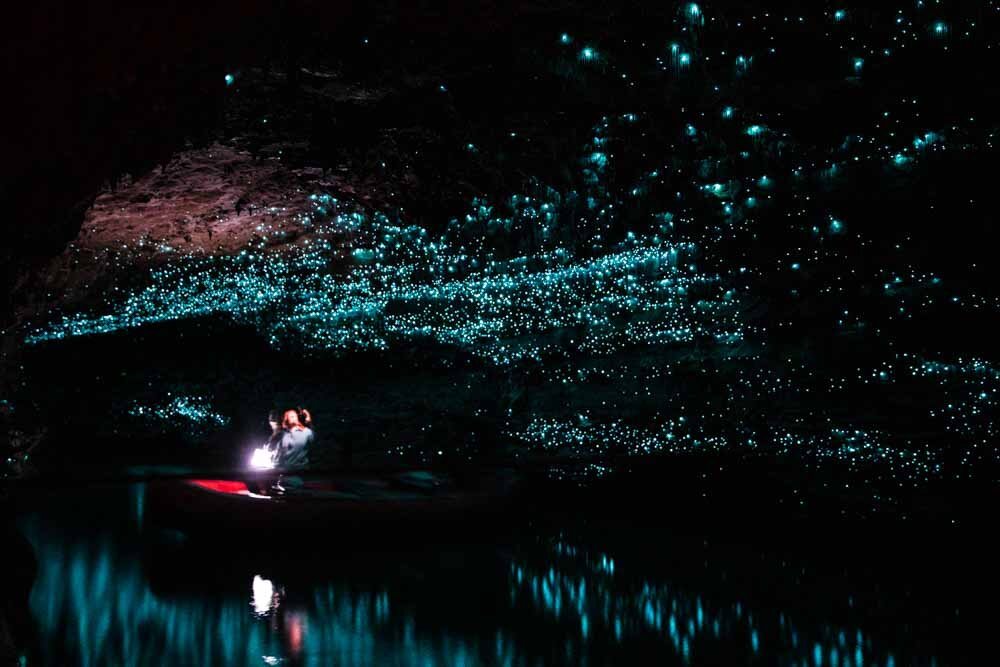
Visit Waitomo Caves for an eerie underground adventure and witness thousands of glowworms lighting up the caverns.
Extreme Water Sports: Surfing, Jet Boating, and More
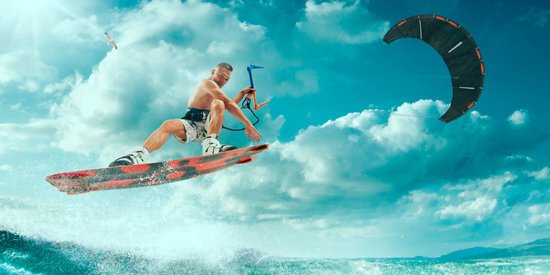
Try surfing in Raglan, go jet boating in Queenstown, or experience sea kayaking in Abel Tasman National Park.
Essential Packing Checklist for Adventure Travel
Clothing and Footwear

- Lightweight, moisture-wicking clothes
- A waterproof jacket
- Sturdy hiking boots and comfortable sneakers
Adventure Gear and Safety Equipment
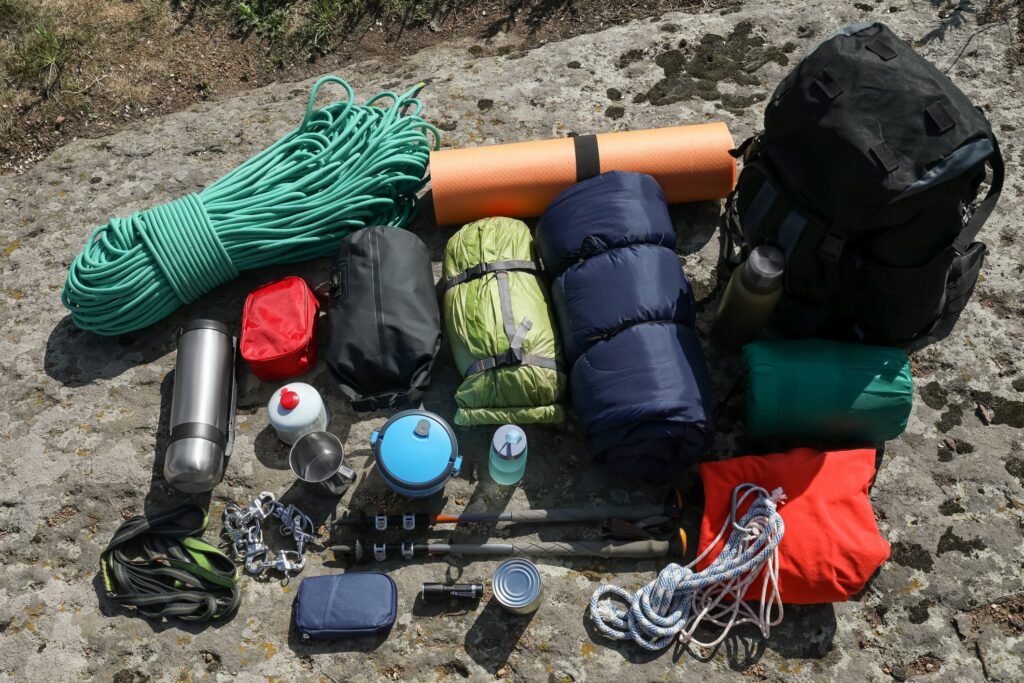
- Helmet, gloves, and harness for climbing
- Snorkeling or diving gear (optional)
- Compact first aid kit
Important Travel Documents
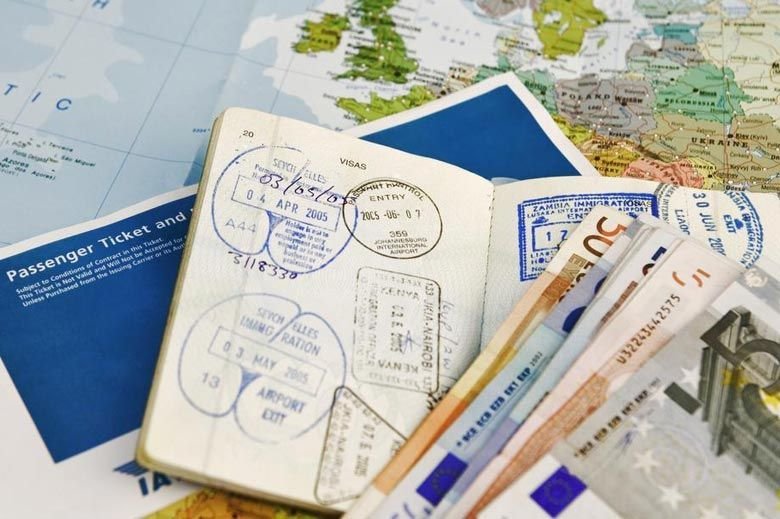
- Passport and visa
- Copies of travel insurance details
- Adventure activity bookings
Gadgets and Accessories

- Action camera for capturing epic moments
- Power bank and travel adapter
- GPS or offline maps for remote hikes
Staying Safe While Exploring New Zealand
Understanding Weather and Terrain
- Check weather forecasts before heading out.
- Be prepared for sudden weather changes, especially in mountainous areas.
Emergency Services and Contacts
- Dial 111 for emergencies.
- Carry a personal locator beacon for remote hikes.
Travel Insurance for Adventure Activities
- Make sure your insurance covers extreme sports and medical emergencies.
Eco-Friendly Travel Tips for Adventure Seekers
Respecting New Zealand’s Natural Beauty
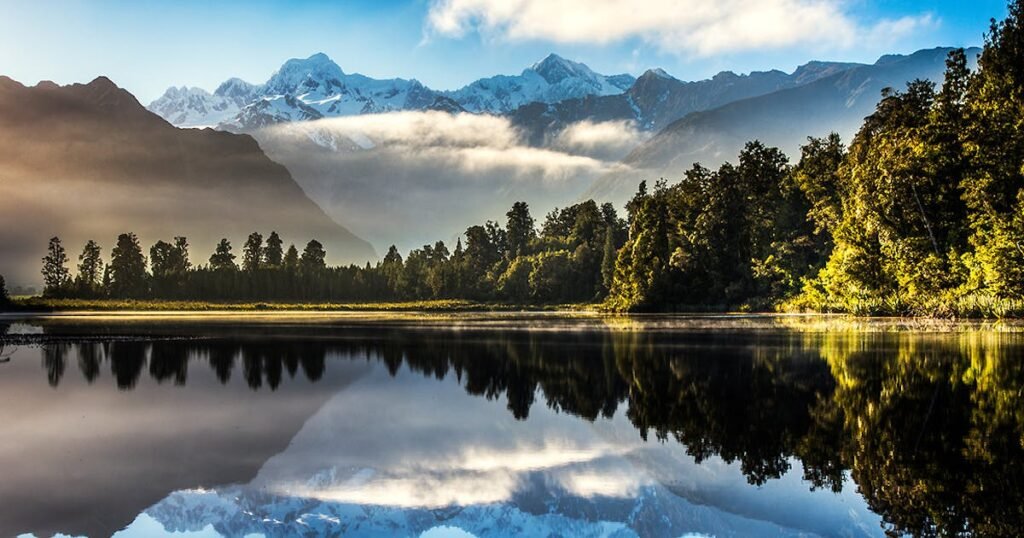
- Stick to designated trails and leave no trace.
- Avoid disturbing wildlife.
Supporting Local and Sustainable Tourism
- Choose eco-friendly adventure operators.
- Buy from local businesses and respect Māori cultural sites.
Conclusion
New Zealand is an adventure lover’s dream destination. Whether you’re skydiving over snow-capped mountains or hiking through pristine forests, there’s no shortage of thrilling experiences. Use this checklist to stay prepared, stay safe, and make the most of your adventure!




